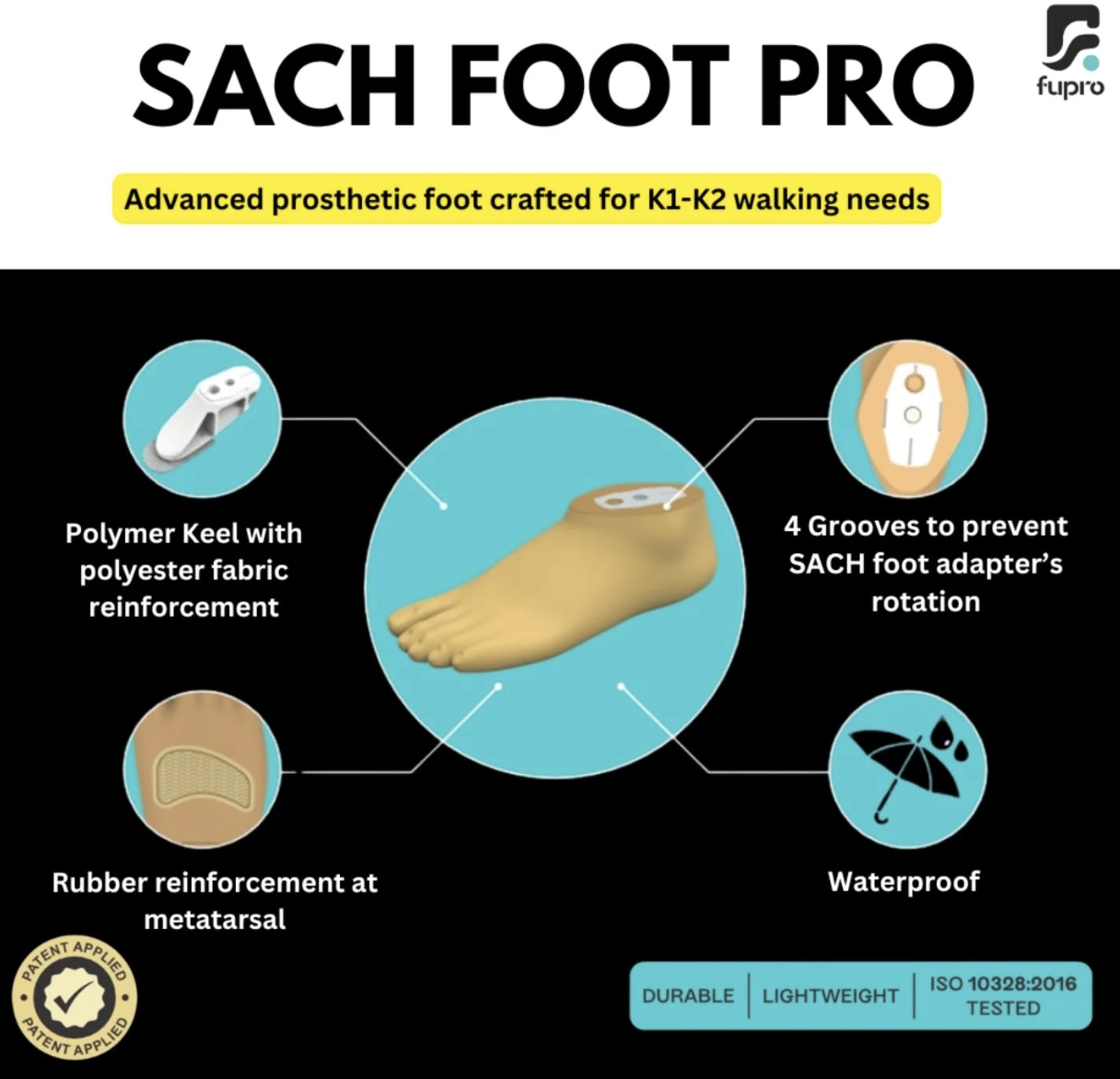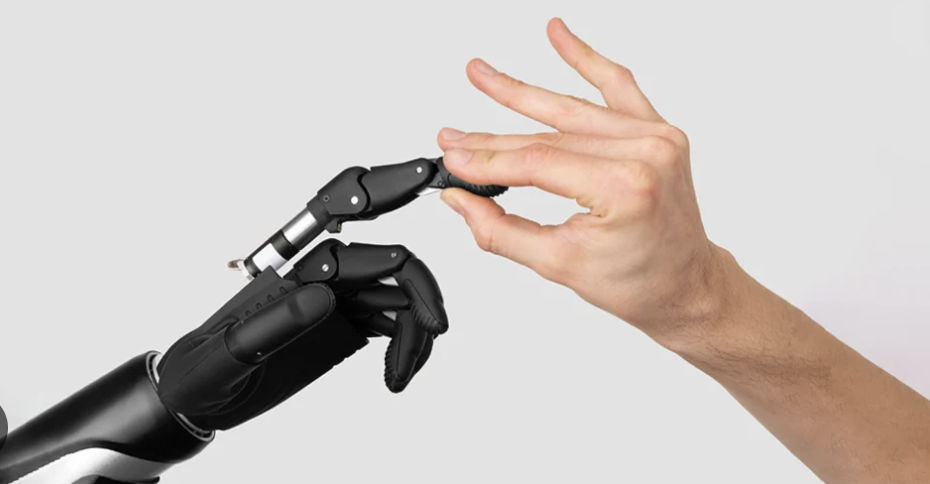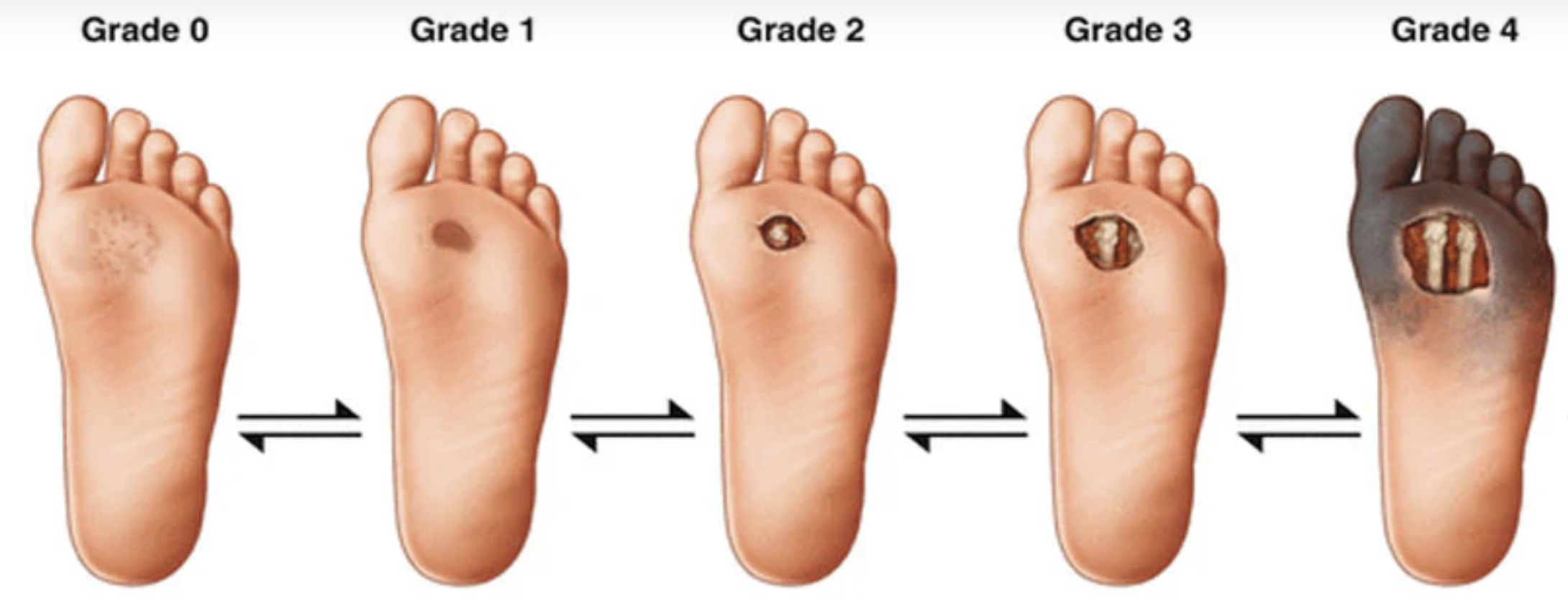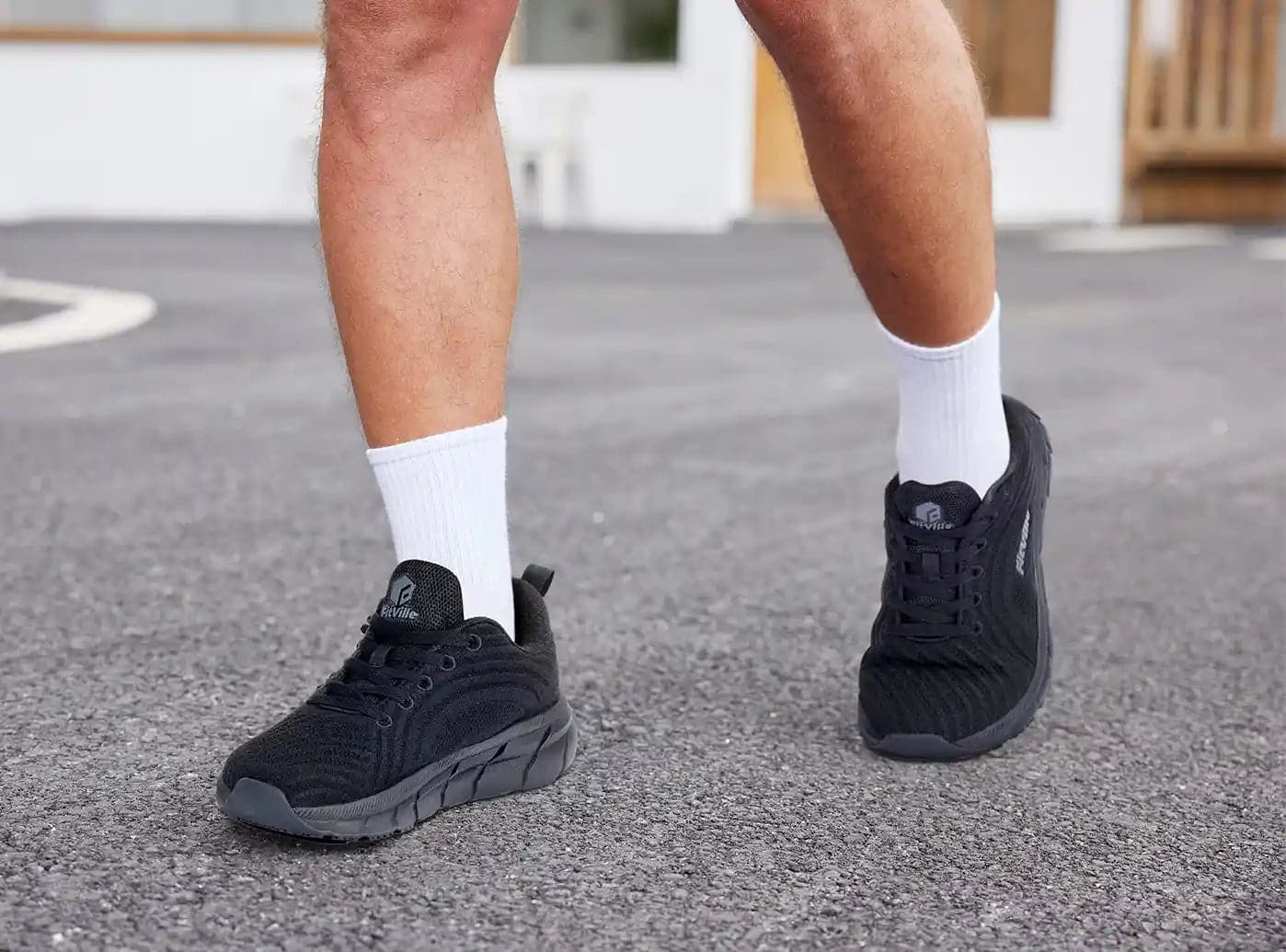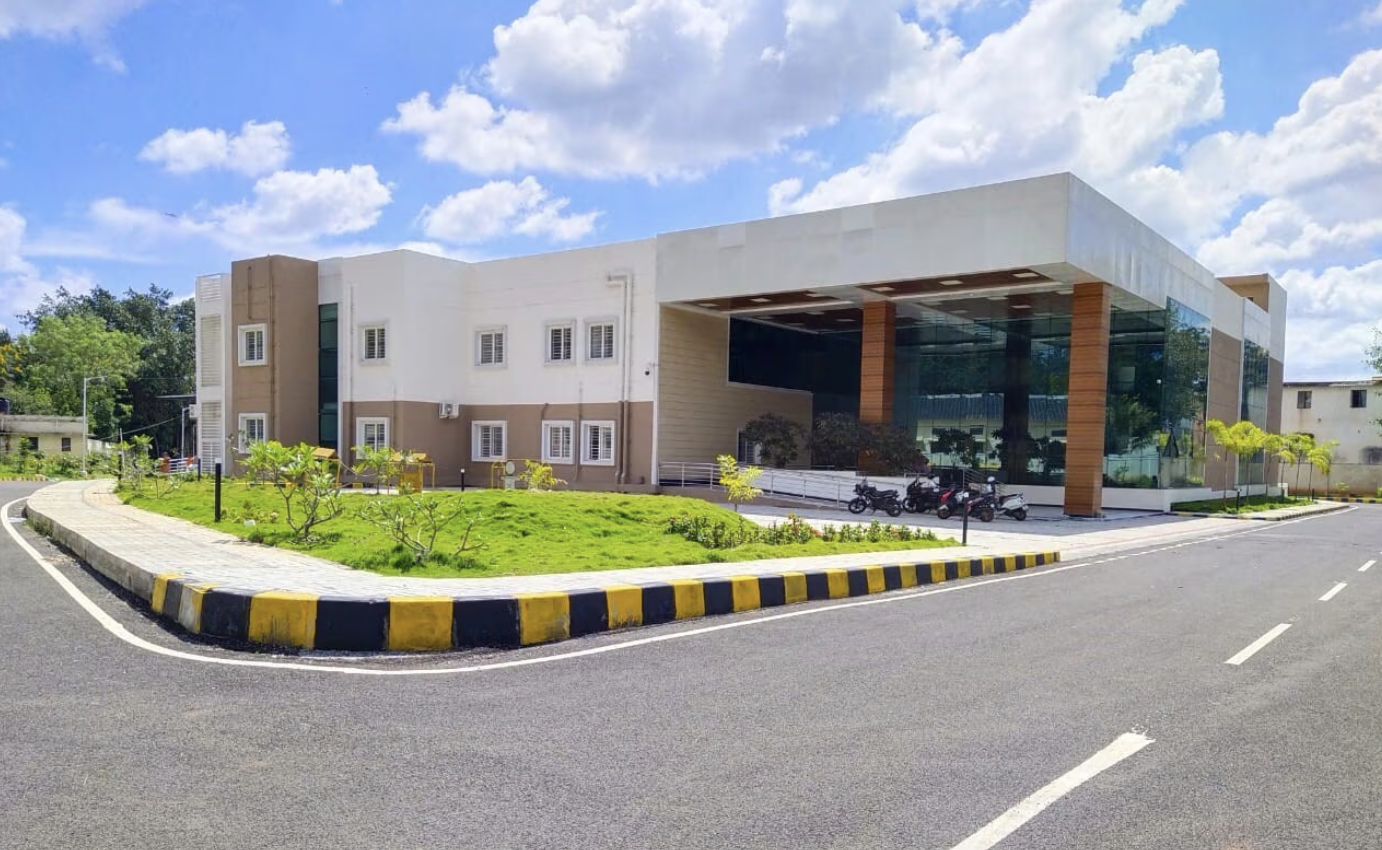India is home to approximately 101 million individuals living with diabetes. Of these, 50 million suffer from diabetic peripheral neuropathy, and 15 million are affected by peripheral arterial disease. The toll of these conditions is staggering, with an estimated 1.3 million amputations occurring annually, with a 5-year mortality rate post amputation, due to diabetic foot complications.
Managing a single diabetic foot ulcer can incur an annual expenditure of up to INR 1.3 lakhs, highlighting the urgent need for better foot care management and the essential role of trained podiatric surgeons in reducing the burden of diabetic complications.
Despite its critical role in addressing diabetic foot complications, podiatry in India remains underdeveloped and underutilised.
This specialised field focuses on preventing, diagnosing, treating, and rehabilitating foot and ankle disorders.
In recent years, podiatry has gained prominence in India, particularly for diabetic foot care, but there is still a lot of progress to be made in terms of awareness and infrastructure.
DIABETIC FOOT HEALTH: DECODING THE CAUSES AND PREVENTIVE MEASURES
Diabetic patients are highly susceptible to foot complications due to neuropathy and poor circulation, which can result in infections and delayed wound healing.
Even minor injuries can escalate into serious issues like foot ulcers and gangrene, often appearing within the first year of diagnosis.
These complications are amongst the leading causes of lower limb amputations in diabetics.
Nerve damage (neuropathy) can cause symptoms such as numbness, tingling, and muscle weakness, while poor blood flow, or peripheral arterial disease, results in cold feet, leg pain while walking, and slow healing of cuts or sores.
Foot ulcers, characterised by non-healing wounds and drainage, frequently lead to infections.
Additionally, foot deformities like Charcot foot and bunions further complicate mobility, heightening the risk of severe complications.
Statistics show that around 140,000 major amputations occur annually, and over 1.4 million minor and major amputations take place across India, with up to 80% of these cases being preventable through timely and specialised intervention.
The statistics emphasise the need for greater awareness and proactive foot care to prevent these issues.
Podiatric surgeons are instrumental in offering comprehensive management, including wound care, biomechanical assessments, patient education, and the provision of custom footwear and orthotic devices.
HOW CAN DIABETICS TAKE CARE OF THEIR FOOT HEALTH:
Diabetic patients should closely monitor their feet for the above-mentioned symptoms and seek medical attention at the earliest signs of trouble.
Custom footwear or insoles are crucial for managing diabetic foot conditions, as they help reduce pressure on vulnerable areas and prevent ulcers.
Pedorthosis can further provide support, significantly lowering the chances of foot issues.
Regular checkups with foot and ankle specialists, such as podiatrists or podiatric surgeons, are equally important for managing diabetic foot health.
Routine visits allow for thorough foot exams, including neuropathy screening, vasculopathy screening, and plantar pressure scans, which help detect issues early.
Immediate medical attention should be sought if there are signs of infection, such as changes in skin colour, abnormal temperature in the foot, swelling, or fever.
Additionally, maintaining controlled blood sugar levels is crucial for overall foot health, while keeping vaccinations up to date can prevent infections from injuries.
ROLE OF PODIATRY BEYOND DIABETIC FOOT CARE:
Podiatry covers a wide range of conditions, including fungal infections, ingrown toenails, sports injuries, trauma, and congenital deformities.
Podiatric surgeons are equipped to manage these diverse foot and ankle issues, underscoring the value of podiatry in holistic healthcare.
The future of podiatry in India holds significant potential but faces challenges such as limited public awareness, insufficient infrastructure, and a shortage of specialised training programs.
With the growing prevalence of chronic diseases like diabetes, increasing participation in sports, and a shift toward holistic healthcare, the demand for specialised foot care is expected to rise.


